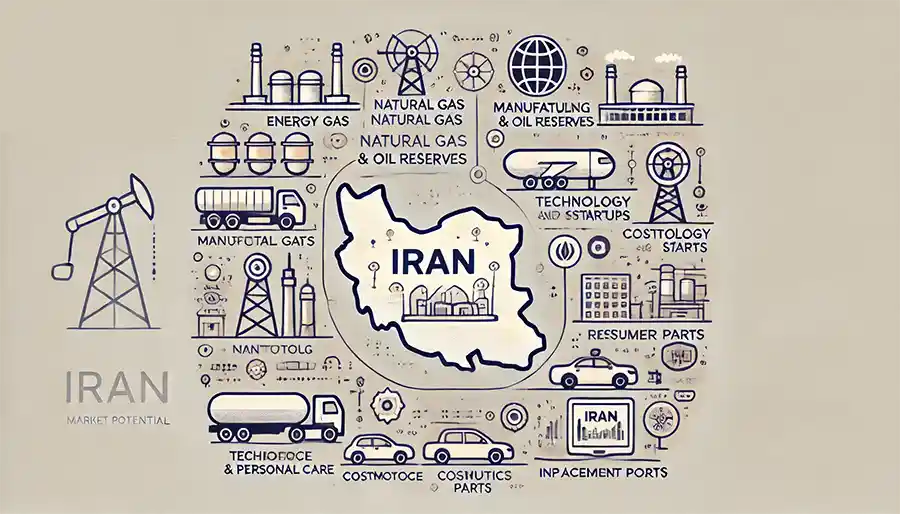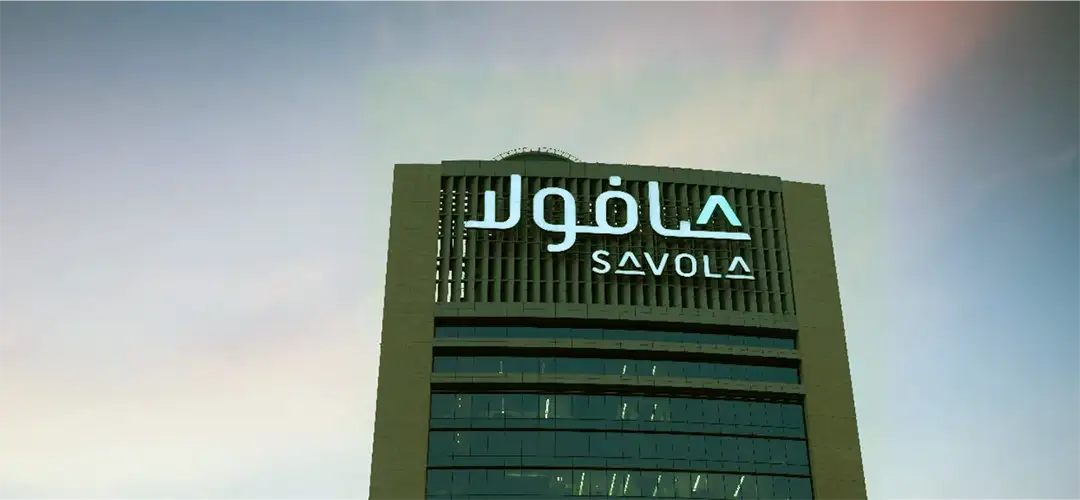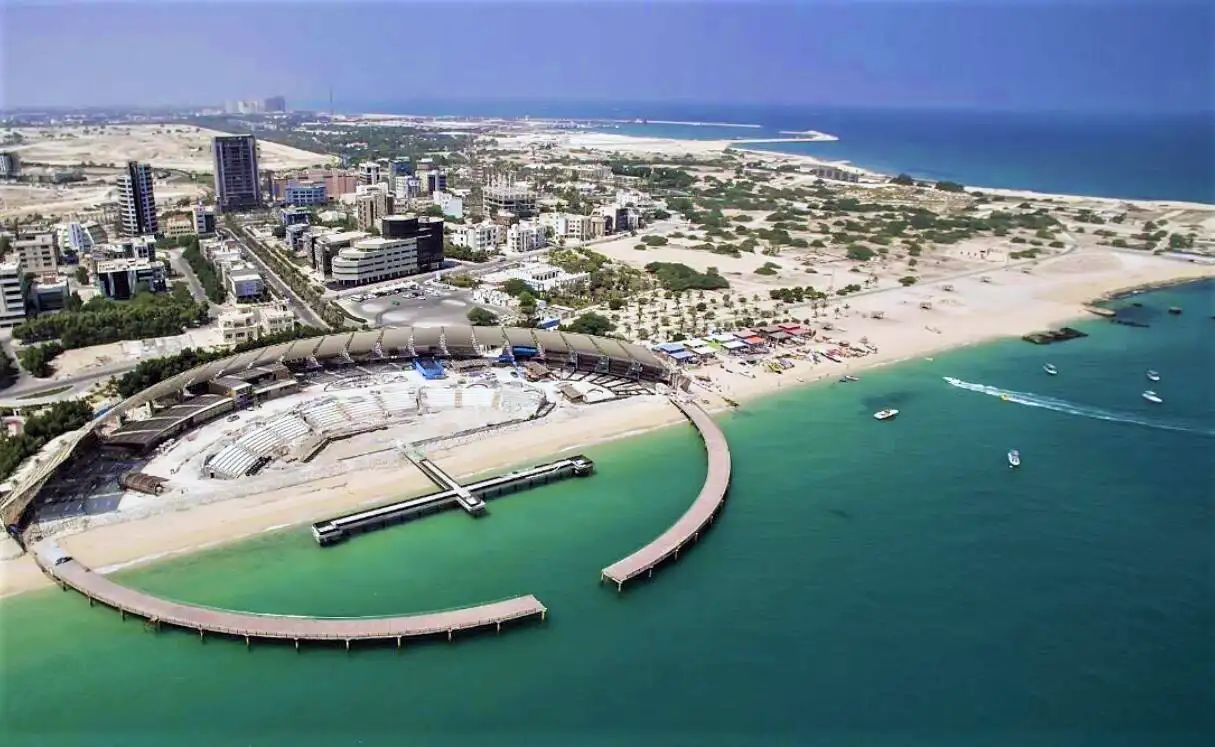Inside Iran’s Beverage Industry: Growth Drivers, Challenges, and Future Outlook

Iran’s non-alcoholic beverage market is undergoing a transformation driven by shifting consumer behavior, evolving lifestyles, and increased demand for quality and variety. Despite facing complex economic conditions, local producers continue to expand capacity, innovate with ingredients, and explore regional export opportunities. This article delves into the key forces shaping Iran’s beverage sector and highlights what the future may hold for manufacturers, distributors, and investors. Iran’s Beverage Industry :
📌 For a broader overview, see our earlier analysis on the structure of Iran’s drink market and a detailed price breakdown.
1. Market Dynamics: A Nation of Thirsty Consumers
With a population of over 85 million and a culture that values shared meals and hospitality, Iran represents one of the largest beverage-consuming nations in the Middle East. The country’s legal restrictions on alcohol have led to a flourishing market for non-alcoholic alternatives, such as soft drinks, malt beverages, herbal infusions, and yogurt-based drinks (doogh).
Urbanization, a growing middle class, and youth-driven demand for novelty are all contributing to increased consumption across both traditional and modern beverage categories. From carbonated drinks in convenience stores to herbal brews in tea houses, Iranian consumers are looking for both refreshment and functionality.
2. Production Landscape: Domestic Strength Meets Raw Material Challenges
Iran boasts a well-established network of beverage manufacturers ranging from large national players to regional producers. Many companies have invested in modern bottling lines and packaging technologies, helping to improve shelf appeal and logistical efficiency.
However, raw material sourcing remains a challenge. While water and sugar are locally abundant, ingredients like flavorings, fruit concentrates, and aluminum for cans often require imports. These imports are subject to fluctuating exchange rates and international sanctions, complicating procurement and raising costs.
Still, many producers are adapting by turning to local agriculture and developing new recipes based on traditional herbs, dairy, and seasonal fruits.
3. Consumer Trends: Health, Heritage, and Innovation
In recent years, Iranian consumers have become more health-conscious. The demand for low-sugar, probiotic, and functional beverages is on the rise—particularly among urban youth and the fitness community. This has spurred growth in categories such as flavored water, vitamin-enhanced drinks, and kombucha-style brews.
At the same time, nostalgia and cultural heritage play an important role. Traditional drinks like khakshir syrup or saffron sherbet are making a comeback in trendy packaging, targeting younger consumers who seek authenticity with convenience.
The market is now a space where ancient remedies meet modern branding—a fertile ground for product differentiation.
4. Distribution Channels: From Bazaars to Digital Shelves
Traditional retail, including supermarkets, corner stores, and open-air markets, continues to dominate the distribution landscape. However, e-commerce and food delivery platforms have gained traction since the COVID-19 pandemic, creating a new opportunity for beverage brands to reach tech-savvy consumers.
Some domestic brands are now partnering with online grocery platforms to offer subscription services or limited-edition drops, particularly for premium and health-oriented products.
5. Export Potential: Regional Demand on the Rise
Iran’s strategic location and cultural proximity to Central Asia, the Caucasus, Iraq, and Afghanistan make it a natural beverage exporter—particularly for fruit-based drinks, doogh, and carbonated soft drinks.
While international sanctions complicate financial transactions and logistics, some Iranian producers have found success through private-label manufacturing, cross-border partnerships, or by targeting markets with established trade routes.
Export success stories often involve unique flavor profiles or cultural familiarity, giving Iranian beverages a competitive edge in regional markets.

6. Key Challenges: Sanctions, Inflation, and Innovation Gaps
Despite its potential, the industry faces several hurdles:
-
Import dependency for key inputs like flavors, equipment parts, and packaging material.
-
Currency fluctuations that impact pricing and profitability.
-
Limited access to global innovation due to trade restrictions and isolation from international trade fairs and R&D communities.
To overcome these obstacles, manufacturers must focus on localized innovation, sustainable sourcing, and agile pricing strategies. There’s also a growing need for investments in branding, market research, and consumer education.
The Bottom Line
Iran’s beverage industry is resilient, culturally rich, and full of untapped potential. For local entrepreneurs, foreign partners, and even diaspora investors, it offers opportunities to blend tradition with innovation and reach a consumer base that is both loyal and curious.
As producers adapt to challenges and capitalize on emerging trends, the sector is likely to remain one of the most dynamic segments of Iran’s fast-moving consumer goods (FMCG) market.
For further insights, explore our other articles on market structure and price analysis.








